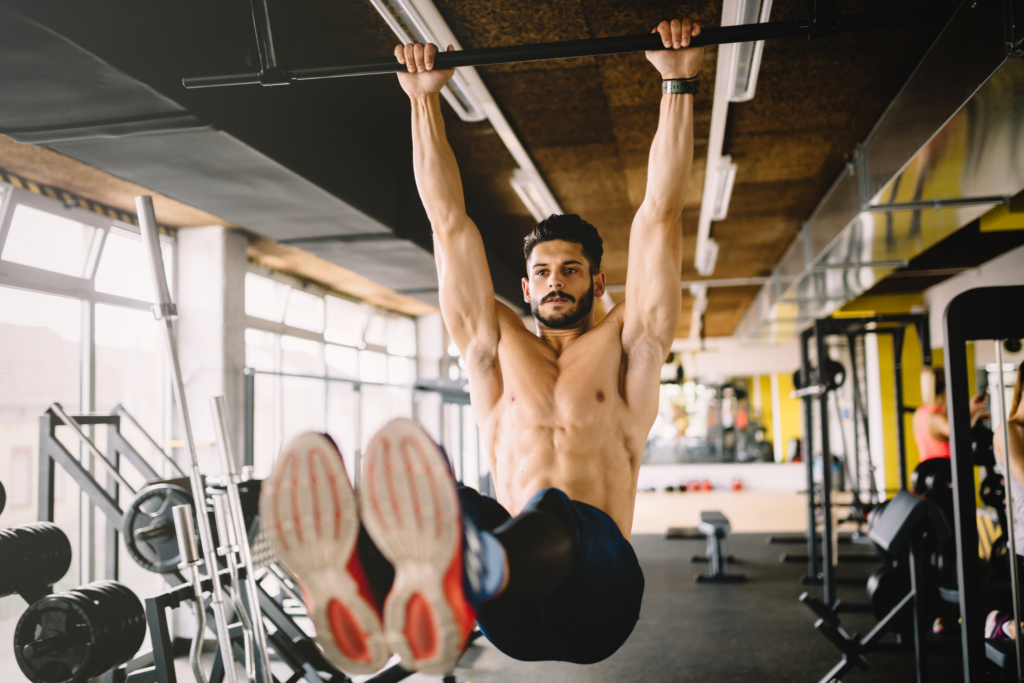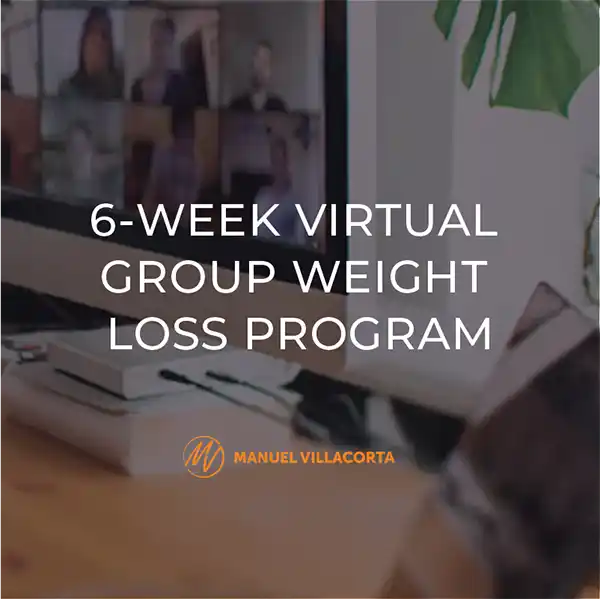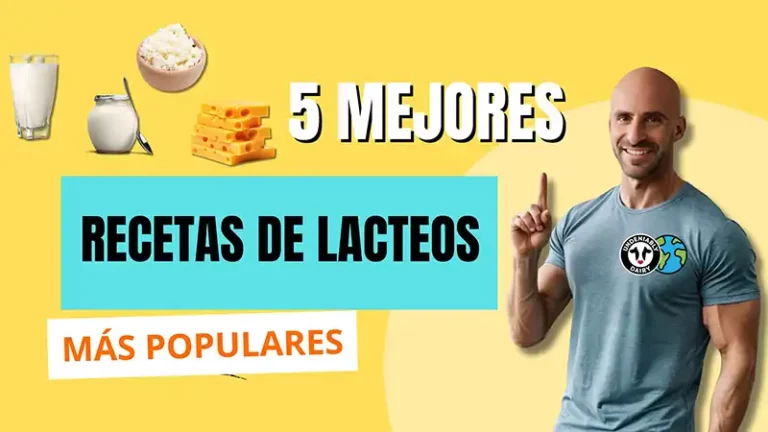
Nearly everyone wants a six-pack and the buzzy fitness industry makes no secret of that it’s aware of this fact. That’s why, floating around social media and YouTube, there is no shortage of “6-Pack Boot Camp!” type workouts to be found. The aesthetic fitness goal of getting a flat tummy places a lot of focus on working only one type of muscle in our torso. However, did you know there are actually four main muscles in our belly that are critical to peak physical fitness, stability and prevention of injury? These muscles make up what is called our core and our core muscles are not only what literally keep us standing, but are involved in every single exercise we did even when we are not training abs. So, what’s the difference between training abs and training our core? Let’s look into it.
Ab Training
The name of the muscle group that, when toned, makes up a “six-pack” is called the rectus abdominis and is located on the very front of our torso. Typically, whenever people train to get washboard abs this is the muscle group they are working like crazy. Here are some examples of ab exercises for your rectus abdominis you may be familiar with if you do weight training or have done a 15-minute ab workout on your favorite YouTube channel:
- Crunches or ab crunch machine
- Cable crunches
- Flutter kicks
- Sit ups
- Bicycles
- Leg raises
Now, there’s absolutely nothing wrong with working your rectus abdominis. However, when compared to the other muscles in the core, it has little practical function for your body movement besides helping you to pull your legs in and become a better jumper, if you are an athlete. To put in simply, this shouldn’t be the only core muscle you focus on and, if you are only focusing on working your frontal abs, this is not core training. This is ab training.
Core Training
Core training is the type of training myself and other trainers recommend because, not only does it involve training your rectus abdominis for an attractive midsection, but it also involves the other three muscle groups in your torso: the external obliques, the internal obliques and the transversus abdominis. The external obliques are the muscles on either side of your torso and function to help you turn your trunk left to right and bend over sideways. The internal obliques support your external obliques and also work to support your spine. Finally, the transversus abdominis is a muscle that runs vertically along the ribs and is arguably the most important muscle in the core. This is because it helps to stabilize the pelvis, is the muscle women use when giving birth and plays a key role in stabilizing the spine. When this muscle is week, the spine can become unstable and, without a stable spine, the nervous system cannot use the muscles in your arms and legs efficiently. This means less effective workouts which makes sense because even if you are training arms, back or legs, your core muscles are involved since they are what hold your spine (and therefore your body) up during movement.
Now, you can see why it’s important to keep all of these muscles strong and not just the one that makes you look better on the beach. Keeping a strong core not only helps you to recruit the rest of your muscles better during your workouts, but it helps stabilize your spine which prevents lower back pain and helps you prevent injury. Being a sports dietitian who works with athletes, I can tell you that most sports injuries that occur in the torso occur as a result of a weak core. So, below are some core training exercises you can and should be doing for peak fitness:
- Planks
- Shoulder Taps
- Russian Twists
- Dead Bugs
- Rollouts
- Wood Chops
- Bear Crawls
Additionally, even on days that you are training other muscle groups such as in the upper or lower body, doing variations of your typical exercises that challenge your core and balance such as standing single-leg exercises are an excellent, dynamic way to work your core even if it’s not a core training day.
The Bottom Line?
The core is arguably the most important muscle group in the body to strengthen. This is because it is quite literally the centerpiece of your anatomy. By connecting your upper body to your lower body, holding up your spine to keep you standing tall and supporting your pelvis for functional hips, you would be crazy to skip training this muscle group. By keeping your core strong, not only do you improve your form and make your workouts more effective by optimizing how your nervous system affects your muscular system, but it helps you to prevent injury and lower back pain. Having a six-pack is great, but it means very little if you have a weak core because you only focus on training one of the four critical muscle groups in your torso.






